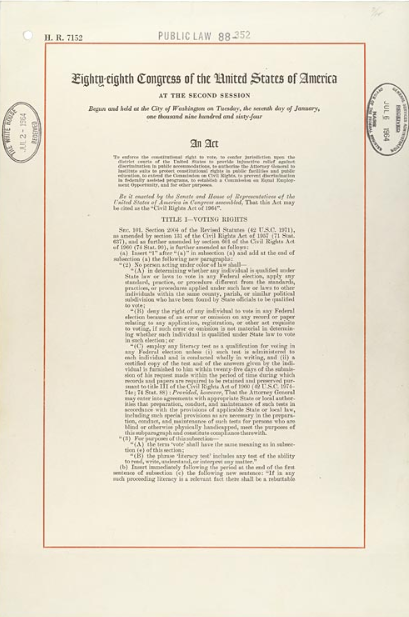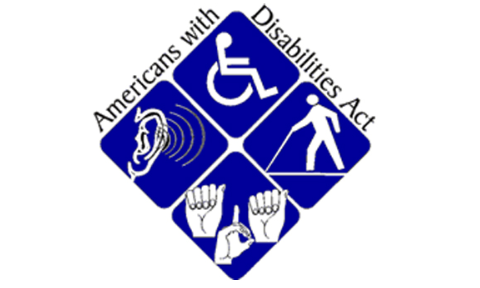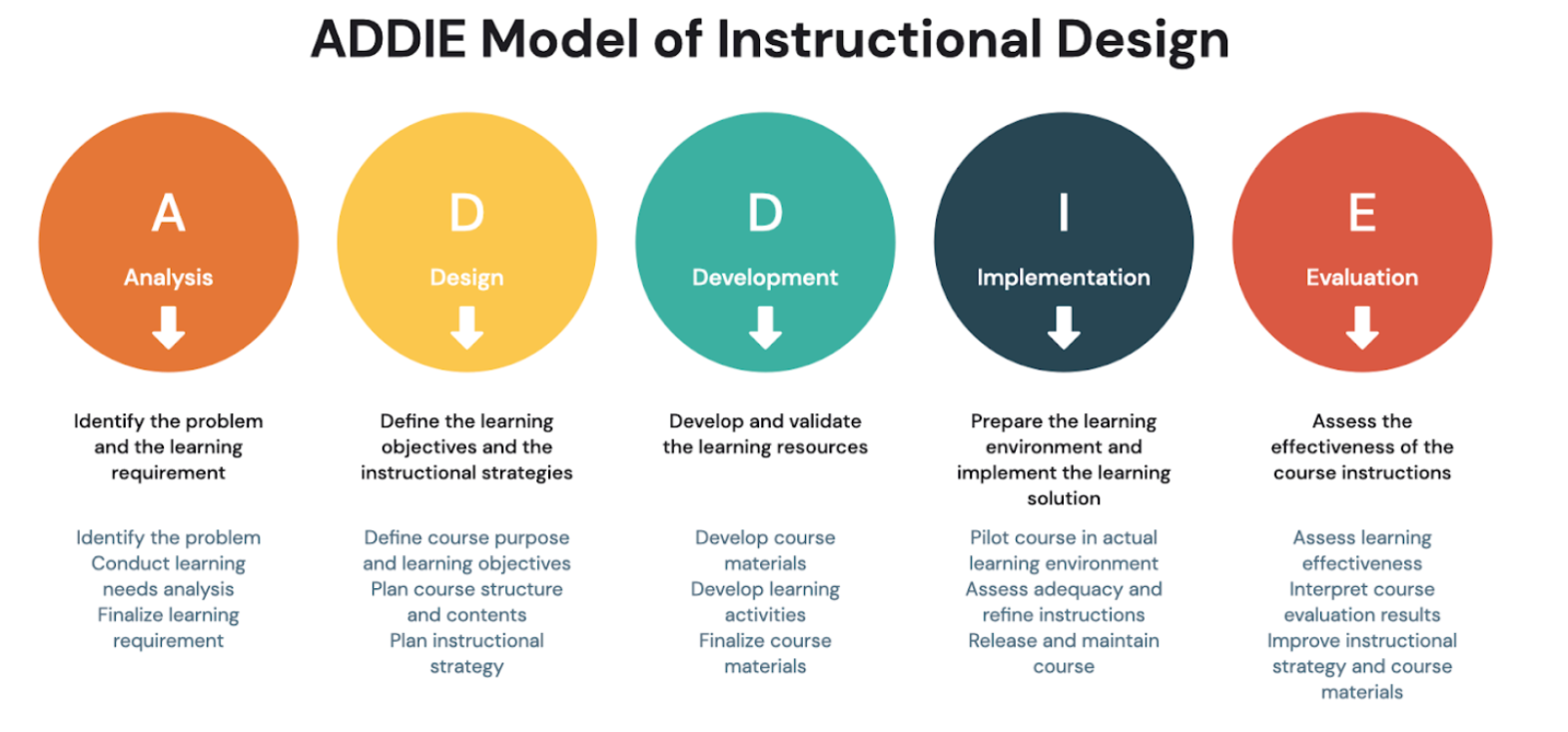WGU D351 OA Study Guide - 2025 | Navigating HR Excellence 📖
Welcome to the world of HR magic! Human Resource Management isn’t just about paperwork—it’s about creating workplaces where everyone feels valued and motivated. In this article, we’ll explore two essential pillars of HR:
- Legal Compliance & Workplace Equality: Various laws ensure fair treatment in the workplace. The Civil Rights Act of 1964 prohibits discrimination, the Equal Pay Act of 1963 mandates equal wages, the Age Discrimination Act of 1967 protects older workers, and the Americans with Disabilities Act (ADA) ensures accessibility and accommodations.
- Training and Development (ADDIE Model): The ADDIE Model is a structured approach to employee training, consisting of Analysis, Design, Development, Implementation, and Evaluation to enhance learning effectiveness.
Let’s dive in and make mastering WGU D351 OA questions a breeze!
How to Use This Guide for the WGU D351 OA Exam? 📝
The D351 Functions of Human Resource Management OA exam at WGU evaluates your understanding of employment law, workplace equality, and employee development strategies. This guide simplifies the key concepts of legal compliance and workplace equality (Civil Rights Act of 1964, Equal Pay Act of 1963, Age Discrimination Act of 1967, and Americans with Disabilities Act (ADA)) and training and development (ADDIE Model) to help you grasp the topics tested in the exam.
We also provide exam-style questions and practical applications to ensure you’re fully prepared for the questions on the WGU D351 OA exam.

Legal Compliance & Workplace Equality For D351 OA📝
Human Resource Management (HRM) must understand and honor legal requirements while creating equal opportunities at work. By following these standards organizations must obey the rules while creating welcoming spaces for everyone. In this section, we will discuss key legislation that forms the foundation of workplace equality and compliance: In 1964 the U.S. government passed Civil Rights laws including Equal Pay in 1963 Age Discrimination in 1967, and ADA disability protections.
Civil Rights Act of 1964

The Civil Rights Act of 1964 acted as a powerful law to fight against discrimination at work and in public and educational settings. Before workplace equality evolved the Civil Rights Act of 1964 barred employers from discriminating based on several personal characteristics.
Title VII of the Civil Rights Act
Title VII represents the main and most direct part of the Act that works to end job discrimination. Title VII protects employees by creating fair access to every stage of work including recruitment and career advancement. An employer should only use job-related requirements to decide who to hire without considering personal traits such as faith or gender.
Enforcement by the EEOC
The Equal Employment Opportunity Commission (EEOC) was established to enforce Title VII and protect employees’ rights. It investigates complaints, offers mediation services, and has the authority to file lawsuits against non-compliant organizations. Landmark cases such as Griggs v. Duke Power Co. underscored the importance of fairness in hiring practices and set precedents for combating indirect discrimination.
Broader Implications
Besides work arrangements, this Act improved social views on equality by helping diverse teams succeed and making workplaces safer for all workers. Title VII of the Civil Rights Act includes the main job duty of fighting employment discrimination. Every company action that selects employees and moves them within the company must remain neutral about personal characteristics. Under this rule, employers must use religious beliefs and gender as non-determining factors when choosing among applicants.
Enforcement by the EEOC
The Equal Employment Opportunity Commission exists to enforce Title VII through its work. The EEOC examines workplace complaints before helping resolve conflicts and making sure employers follow anti-discrimination rules. Landmark cases, such as Griggs v. Through cases like Griggs v. Duke Power Co. the organization has defined Title VII by promoting equal hiring standards.
Equal Pay Act of 1963

The Equal Pay Act of 1963 aims to eliminate wage discrimination based on gender, ensuring that men and women performing the same job receive equal compensation. It addresses long-standing pay disparities and promotes fairness in workplace compensation practices.
Defining Equal Work
Equal work under this law means roles requiring the same skill, effort, responsibility, and working conditions. For instance, if two accountants manage similar tasks and responsibilities, their salaries must reflect equal pay regardless of gender.
Legal Framework and Exceptions
Employers can justify pay differences under specific circumstances, such as seniority systems, merit-based incentives, or performance outcomes. However, these distinctions must be transparent and objectively documented to comply with the law.
Significance and Impact
Alongside wage balance the Act allows workers to sue their employers when they face unfair treatment. Organizations that create equal pay systems will build stronger trust and better team spirit among their staff members. When jobs match equally in skill set requirements, work input, responsibility level, and workplace setting they qualify as equal work. An organization should pay male and female employees equal wages when they do identical work at the same level of authority.
Exceptions and Compliance
You have to follow specific rules with few exceptions including seniority rankings, merit increases, or performance pay adjustments. HR staff must record and explain clearly why employees receive different treatment under legal rules.
Age Discrimination in Employment Act of 1967 (ADEA)

Under the Age Discrimination in Employment Act (ADEA) workers aged 40+ have legal protection against bias because of their age. This Act defends older worker rights by recognizing their special value to the company.
Key Protections
The ADEA prohibits age-related discrimination in hiring, promotions, compensation, and other employment practices. For instance, requiring employees to retire at a certain age or refusing to hire older applicants are clear violations.
Employer Responsibilities
Organizations need to design job listings and practices that do not prevent older workers from fair employment opportunities. Managers need special training to evaluate employee performance without using age-specific thinking to comply with the law.
Legal Trends and Best Practices
More lawsuits about aging employees focus attention on why companies need to follow ADEA standards. Companies need to use age-free rules while training all staff members continuously and maintaining equal treatment across all choices. Under this Act, employers must base hiring promotions and staffing decisions solely on skills and qualifications, not age. Under the ADEA it is illegal to force workers to retire at a specific age. A company needs to limit actions that block older workers from equal employment opportunities.
Best Practices
Organizations can prevent age discrimination by fostering an inclusive culture, offering equal opportunities for training, and evaluating employees based on performance rather than stereotypes about age.
Americans with Disabilities Act (ADA)

The Americans with Disabilities Act (ADA) prevents discrimination against disability groups everywhere work occurs including employment and public services. These new workplace rules help make our work environments more welcoming to everyone.
Defining Disability and Employer Obligations
According to ADA regulations, an impairment becomes a disability when it severely restricts everyday tasks. Companies need to provide suitable changes so disabled workers can still do their important job tasks. The ADA requires employers to provide special arrangements including improved workplace setups and technology together with more flexible working hours.
Prohibited Practices
When employers disregard the ADA they break the law by refusing to help employees with disabilities or reject workers because of their disability status. People who ask for disability accommodations at work cannot face any workplace retaliation against them.
Importance and Strategies
When organizations follow ADA rules they both meet legal needs and gain valuable insights from their diverse team members. Routine evaluations of workplace procedures combined with employee learning and clear disability support rules make sure the ADA applies correctly and help create an inclusive work environment. Under ADA people need to have physical or mental impairments that drastically limit how they do major life tasks. Employers are required to provide reasonable accommodations to enable employees with disabilities to perform their job functions. This might include modifications like installing ramps, providing assistive devices, or offering flexible work schedules.
Prohibited Actions and Compliance
Actions like denying a promotion due to a disability or failing to make accommodations can constitute discrimination. HR teams play a crucial role in ensuring policies and practices align with ADA requirements.
The Importance of Legal Compliance and Workplace Equality
Understanding and adhering to these laws is vital for organizations to create equitable workplaces. Here’s why:
- Fostering Inclusion: Laws like these promote diversity and inclusion, making workplaces more collaborative and innovative.
- Avoiding Legal Risks: Non-compliance can result in lawsuits, fines, and reputational damage.
- Enhancing Employee Morale: Employees are more engaged and productive when they feel valued and treated fairly.
Importance For D351 OA
Companies that follow equality and legal standards create successful inclusive workplaces plus meet their legal responsibilities. Students of WGU D351 need to know these laws because they help build fundamental HRM knowledge that lets them solve WGU D351 OA questions better. HR professionals create an equal environment for success in the workplace by following the rules.
Training and Development: Understanding the ADDIE Model For D351 OA 📝

Training and development play a crucial role in ensuring an organization’s workforce is skilled, engaged, and ready to meet evolving challenges. At the heart of effective training lies the ADDIE Model, a systematic instructional design framework. ADDIE stands for Analysis, Design, Development, Implementation, and Evaluation—five interconnected phases that guide the creation of impactful training programs. In this section, we’ll delve into each phase, illustrating how the model ensures training success.
Overview of the ADDIE Model
The ADDIE Model provides a structured and systematic approach to designing training programs that align with organizational objectives and address learners’ needs comprehensively. By incorporating detailed analyses, thoughtful planning, and continuous feedback, the model ensures that training initiatives are not only relevant but also adaptable to changing circumstances. This iterative approach enables HR professionals to refine programs at each stage, ensuring they deliver measurable outcomes and long-term value.
Key Features of the ADDIE Model
- Iterative Process: Each phase informs the next while allowing for revisits and refinements.
- Flexibility: Adaptable to different learning environments and organizational needs.
- Outcome-Oriented: Focuses on achieving specific learning and organizational objectives.
Phase 1: Analysis
Initial Analysis works to determine what users need to learn and what they want to achieve. It involves asking critical questions such as: What issue does our training address? Our analysis helps to answer two important questions: “What problem are we tackling?” and “Who needs this help?” Instead of simple observations, this phase explores real performance disparities plus workplace barriers while understanding learner differences. During this initial phase, researchers discover important ways to make the training program connect directly with business targets. HR experts can identify training targets and set effective outcomes through their review of actual skill deficits.
Key Activities
- Conducting a Training Needs Assessment (TNA) to identify knowledge or skill gaps.
- Understanding the target audience’s demographics, preferences, and challenges.
- Defining clear learning objectives and performance goals.
- Evaluating available resources, constraints, and organizational priorities.
Example
A company may notice declining sales figures. Through analysis, HR identifies a need for enhanced sales training to improve negotiation and communication skills.
Phase 2: Design
The Design phase develops a training program plan according to what needs analysis discovered. HR needs to design a clear learning path that excites learners while fitting in with their workplace targets. During this stage, we select ideal training methods and mix them with participatory training tools to assist learners in keeping pace with the program. During design, the team creates assessment methods to monitor learner development while validating the program results.
Key Activities
- Developing specific and measurable learning objectives.
- Outlining the content structure and sequence.
- Selecting delivery methods (e.g., in-person workshops, e-learning modules).
- Designing assessments to measure progress and effectiveness.
Example
For the sales training, HR might plan a series of role-playing exercises, online modules on product knowledge, and quizzes to test understanding.
Phase 3: Development
The Development phase involves translating the detailed blueprint from the Design phase into tangible training materials. This step focuses on bringing the training program to life through the creation of various instructional tools and resources. HR professionals create training content including thorough learning plans and interactive materials that match program targets. Modern technology tools including games, virtual simulation, and e-learning platforms help students learn better while offering education choices to unique learners. The smallest group of participants helps test the materials for quality and appropriateness. Their response guides improvements ahead of program rollout.
Key Activities
- Producing content such as presentations, videos, handouts, and interactive activities.
- Incorporating technology, like simulations or gamification, to enhance engagement.
- Pilot testing materials with a small group to gather feedback and make improvements.
Example
HR creates interactive videos showcasing effective sales techniques, accompanied by a downloadable guidebook for quick reference.
Phase 4: Implementation
Implementation is where the training program comes to life, transitioning from planning to action. This phase focuses on executing the training in a way that maximizes engagement, learning, and logistical efficiency. It involves coordinating schedules, preparing facilitators, and ensuring the delivery method—whether in-person, online, or hybrid—meets the participants’ needs. Additionally, this phase emphasizes creating a supportive environment where learners feel encouraged and equipped to succeed. Monitoring participation and addressing any immediate challenges are also critical for ensuring the training achieves its intended outcomes.
Key Activities
- Scheduling sessions, setting up venues, and managing logistics.
- Facilitating training or deploying digital modules to participants.
- Ensuring instructors and learners have the resources needed for a smooth experience.
Example
The sales team participates in a mix of live workshops and self-paced online modules over a two-week period.
Phase 5: Evaluation
The evaluation assesses the effectiveness of the training program and identifies areas for improvement by analyzing both qualitative and quantitative data. This phase ensures that the program’s goals are met and provides actionable insights to refine future training initiatives. Evaluation methods include participant feedback, performance metrics, and comparisons of pre- and post-training results. By identifying strengths and weaknesses, organizations can determine the return on investment (ROI) and ensure continuous enhancement of their training efforts.
Key Activities
- Conducting formative evaluations during training (e.g., participant feedback).
- Using summative evaluations after training (e.g., knowledge tests, performance reviews).
- Measuring training’s return on investment (ROI) and its impact on organizational goals.
Example
Post-training evaluations show improved sales performance and higher employee confidence in handling client objections.
Importance of the ADDIE Model
The ADDIE Model ensures training programs are:
- Targeted: Addressing specific needs and gaps.
- Efficient: Optimizing resources and efforts.
- Measurable: Providing clear metrics for success and areas of improvement.
By following ADDIE, organizations can align training initiatives with business objectives, fostering continuous growth and adaptability.
Importance For D351 OA
The ADDIE Model serves as a robust framework for creating impactful training programs that drive results. For students studying WGU D351, understanding each phase of ADDIE is essential for excelling in training and development concepts, including WGU D351 OA questions. Whether designing a new onboarding process or enhancing leadership skills, the ADDIE Model offers a clear pathway to success.
Tired of reading blog articles?
Let’s Watch Our Free WGU D351 Practice Questions Video Below!

Wrapping Up: Your HR Journey Awaits with WGU D351📄
As we’ve explored, understanding Legal Compliance & Workplace Equality and mastering the ADDIE Model are vital for excelling in HR. These concepts aren’t just theoretical—they’re tools you’ll use to create fair, inclusive workplaces and impactful training programs. More importantly, these topics will be tested in your final OA for WGU D351, so make sure to grasp them fully.
Remember, laws like the Civil Rights Act, Equal Pay Act, ADEA, and ADA set the foundation for equity and inclusivity, while the ADDIE Model ensures your training programs are effective and well-structured. Together, these pillars form the backbone of effective HR management.
You’ve got this! Dive into these topics, practice applying them to real-world scenarios, and ace that final assessment. Best of luck on your journey through WGU D351—and here’s to your future HR excellence!






